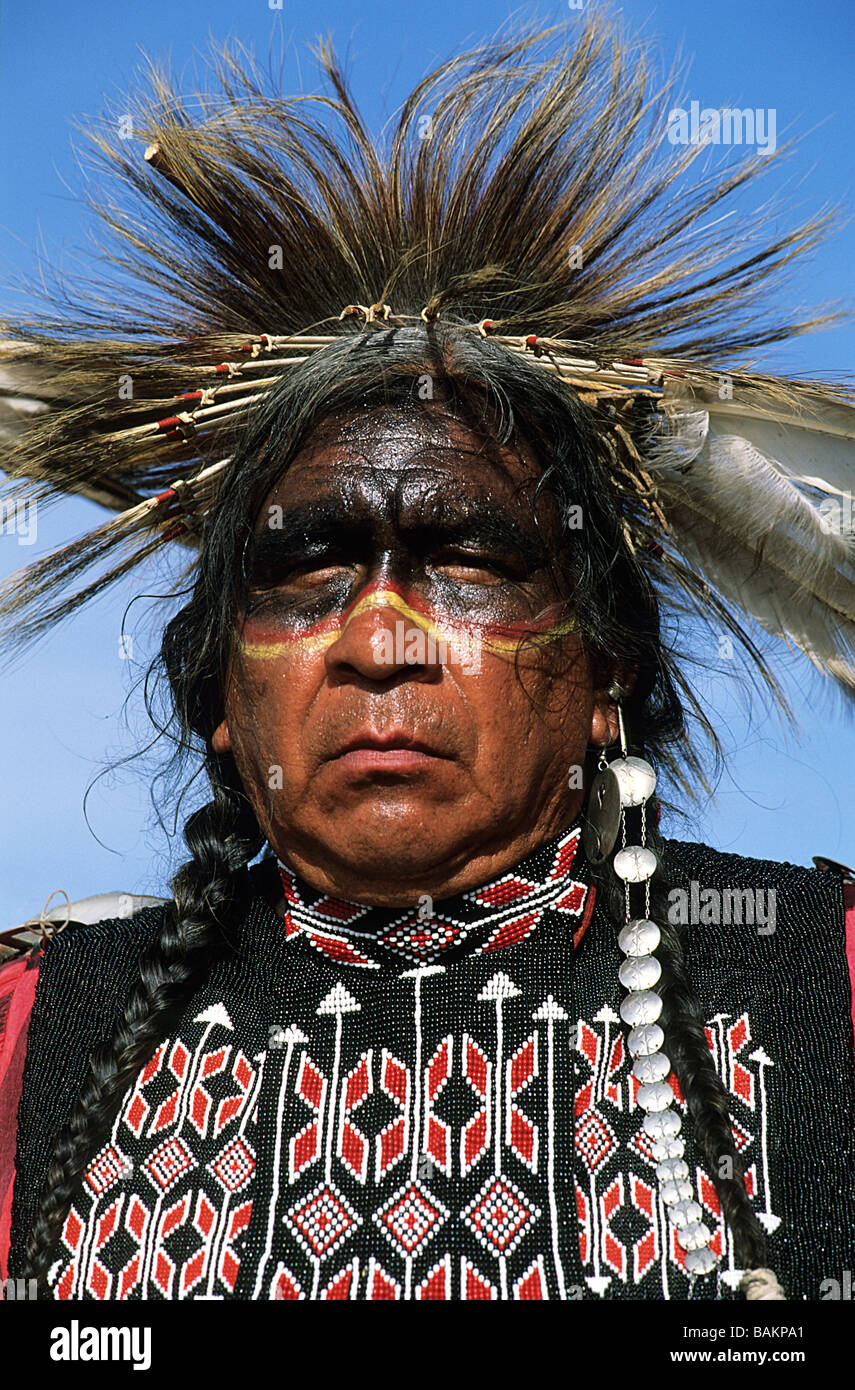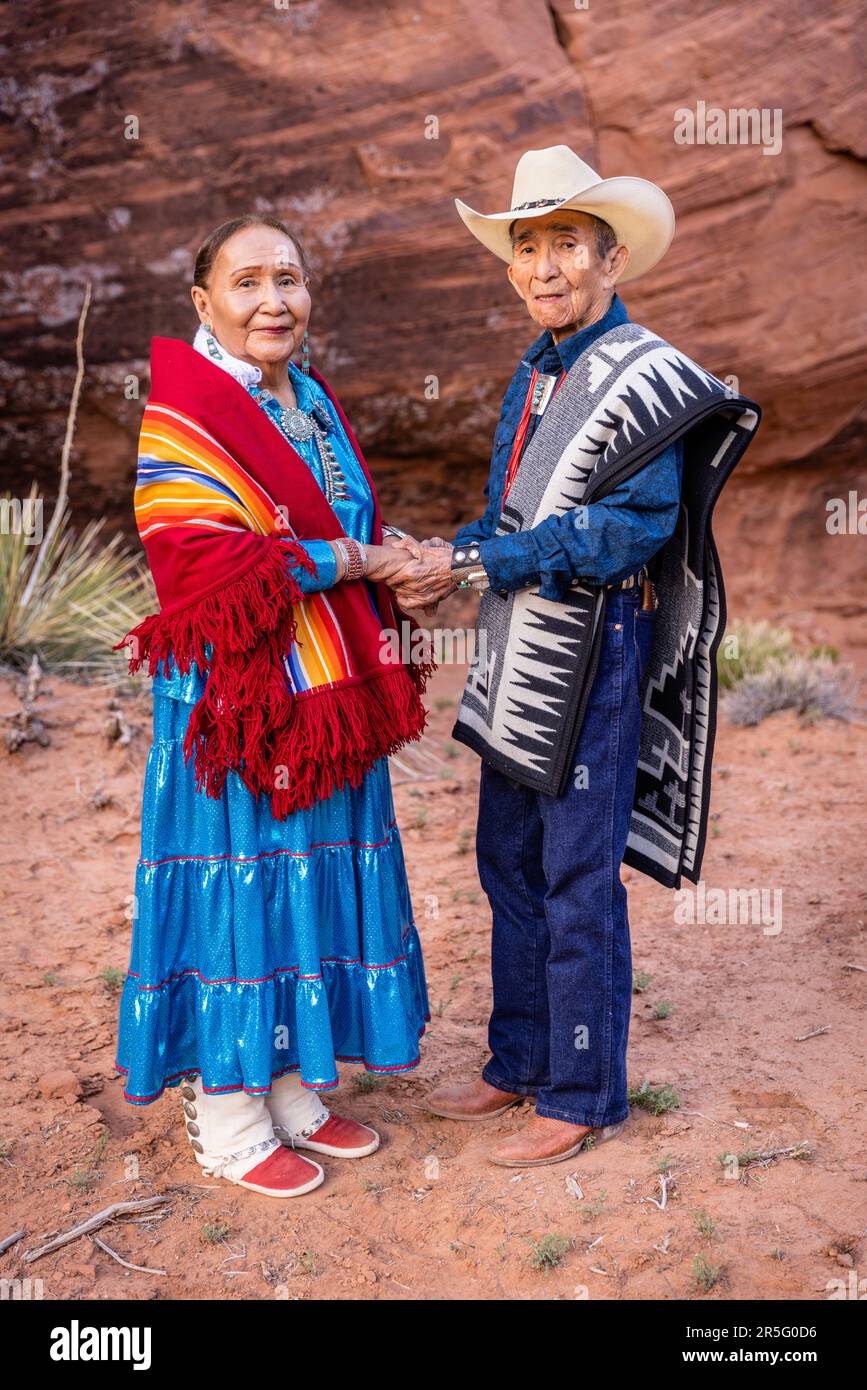
The Enduring Heart of Diné Bikéyah: A Journey Through Navajo Arizona
The horizon stretches, a painter’s palette of deep crimson mesas and ochre buttes, reaching for an impossibly vast, azure sky. Here, the silence is profound, broken only by the whisper of the wind across ancient sandstone and the distant cry of a hawk. This is Diné Bikéyah – the Navajo homeland – a sprawling, sovereign nation that carves a majestic swathe across northeastern Arizona, extending into New Mexico and Utah. More than just a landscape, it is a living testament to resilience, a repository of deep cultural heritage, and a vibrant community navigating the complexities of the 21st century while holding fast to traditions forged over millennia.
To speak of "Navajo Arizona" is to speak of a land unlike any other, an area larger than West Virginia, where the U.S. federal government’s jurisdiction yields to the laws and governance of the Diné, "The People." It’s a place where iconic natural wonders like Monument Valley and Canyon de Chelly draw millions, yet beneath the veneer of tourism lies a story of survival, a language that helped win a world war, and an unwavering commitment to Hózhó – the Navajo concept of balance and beauty.
A Land Forged in Time and Trial

The history of the Diné on this land is as layered as the sandstone cliffs that define their territory. Anthropological evidence suggests their ancestors arrived in the Southwest centuries ago, adapting to the arid environment and developing sophisticated agricultural and pastoral practices. Their culture flourished, characterized by intricate weaving, distinctive jewelry, and a rich oral tradition.
However, this tranquility was shattered by the arrival of European powers. First the Spanish, then the Mexicans, and finally the burgeoning United States, all sought to control the resources and people of the region. The mid-19th century brought the most traumatic chapter in Diné history: The Long Walk. In 1864, under orders from the U.S. government, Colonel Kit Carson implemented a scorched-earth policy, destroying Diné crops and livestock, forcing thousands of Navajo men, women, and children on a brutal 300-mile march from their ancestral lands to Bosque Redondo, a desolate internment camp in eastern New Mexico.
"The stories of Hwéeldi, The Long Walk, are etched into our very being," shares Sarah Begay, a Diné language teacher and storyteller from Window Rock, the Navajo Nation’s capital. "Our grandparents told us how they suffered, how many died. But they also taught us about the strength we found in each other, the promise we made to return home." And return they did. In 1868, after four years of immense suffering, the Diné signed a treaty with the U.S. government, securing their right to return to a portion of their homeland. This treaty, unlike many others, recognized the Diné as a sovereign nation, a status they fiercely uphold today.
The Heartbeat of Culture: Language, Art, and Hózhó
Central to Diné identity is their language, Diné Bizaad, a complex Athabaskan language whose intricate structure and unique phonology rendered it indecipherable to outsiders. This linguistic distinctiveness proved crucial during World War II when a group of Navajo Code Talkers used their native tongue to create an unbreakable code, playing a pivotal role in the Allied victory in the Pacific. Their legacy is a source of immense pride and a powerful reminder of the language’s enduring value.
"Our language is the bedrock of who we are," emphasizes Begay. "It’s not just words; it’s our history, our philosophy, our connection to the land and our ancestors. When we speak Diné Bizaad, we carry generations of knowledge." Efforts to revitalize the language among younger generations are a priority, with immersion schools and cultural programs working to ensure its survival.
Diné artistry is world-renowned. The intricate patterns of Navajo rugs, woven on upright looms, tell stories and reflect the spiritual connection to nature. Each piece is a labor of love, passed down through generations, often inspired by Spider Woman, the mythical figure who taught the Diné to weave. Silversmithing, introduced by the Spanish, was transformed by the Diné into a unique art form, characterized by the use of turquoise, a stone revered for its spiritual significance, set in sterling silver. These aren’t mere crafts; they are expressions of Hózhó, the overarching philosophy that guides Diné life.
"Hózhó isn’t just about beauty in an aesthetic sense; it’s about balance, harmony, and walking in beauty with all of creation," explains Robert Yazzie, a respected Diné elder and former tribal judge. "It’s about striving for a good relationship with our family, our community, the land, and the spiritual world. It’s a constant journey, not a destination."

Economic Realities and Modern Challenges
The Navajo Nation, while rich in culture and spirit, faces significant economic and social challenges. Unemployment rates often soar, and many communities lack basic infrastructure. Access to clean running water and electricity remains a struggle for thousands of homes, particularly in remote areas. Health disparities, including high rates of diabetes and the devastating impact of the COVID-19 pandemic, underscore the need for improved healthcare services.
Historically, the Navajo Nation has relied heavily on natural resources, particularly coal and uranium, for economic development. The closure of the Navajo Generating Station and associated coal mines in recent years has left a substantial economic void, prompting the Nation to explore new avenues for sustainable growth. This includes investing in renewable energy projects, developing small businesses, and diversifying their economy.
Tourism, however, remains a vital sector. Monument Valley Navajo Tribal Park, with its iconic mittens and buttes, is instantly recognizable from countless Western films and advertisements. Visitors come from around the world to witness its majesty, often taking guided tours led by Diné guides who share the cultural significance of the landscape. Canyon de Chelly National Monument, while federally managed, is entirely on Navajo land and its canyons are home to active Diné communities. Its ancient cliff dwellings and petroglyphs whisper tales of the past, offering a profound glimpse into centuries of human habitation.
"We welcome visitors to our land, but we ask them to come with respect," says Lena Yazzie, who runs a small crafts stall near Canyon de Chelly. "This isn’t just a scenic backdrop; it’s our home, our church, our history. When you visit, you are stepping into a sacred space."
Looking Forward: Self-Determination and Resilience
Today, the Navajo Nation is a vibrant, self-governing entity with its own President, Vice President, and a 24-member Tribal Council. Window Rock, named for its distinctive natural arch, serves as the governmental and administrative hub. The Nation is actively engaged in asserting its sovereignty, protecting its natural resources, and advocating for its people on both the state and federal levels.
The younger generation, while often exposed to the allure of urban life, is increasingly embracing their heritage. Many are returning to the reservation after pursuing higher education, bringing new skills and perspectives to address the challenges facing their communities. They are at the forefront of language revitalization efforts, environmental stewardship, and the development of new economic opportunities that align with Diné values.
"We are not just surviving; we are thriving, in our own way, on our own terms," states Navajo Nation President Buu Nygren. "Our challenges are immense, but so is our spirit. We are building a future that honors our past, strengthens our present, and protects our land and culture for the generations to come. We are Diné, and this is our home, our Arizona."
From the vast, silent beauty of Monument Valley to the intimate echoes of ancient life in Canyon de Chelly, Navajo Arizona is a place of profound significance. It is a land that has witnessed centuries of struggle and triumph, a culture that has endured against overwhelming odds, and a people who continue to walk in beauty, embracing their past while forging a resilient future on their own terms. It is a powerful reminder that within the diverse tapestry of America, the heart of Diné Bikéyah beats strong and true, a sovereign nation flourishing amidst the crimson mesas and beneath the endless, azure sky.


